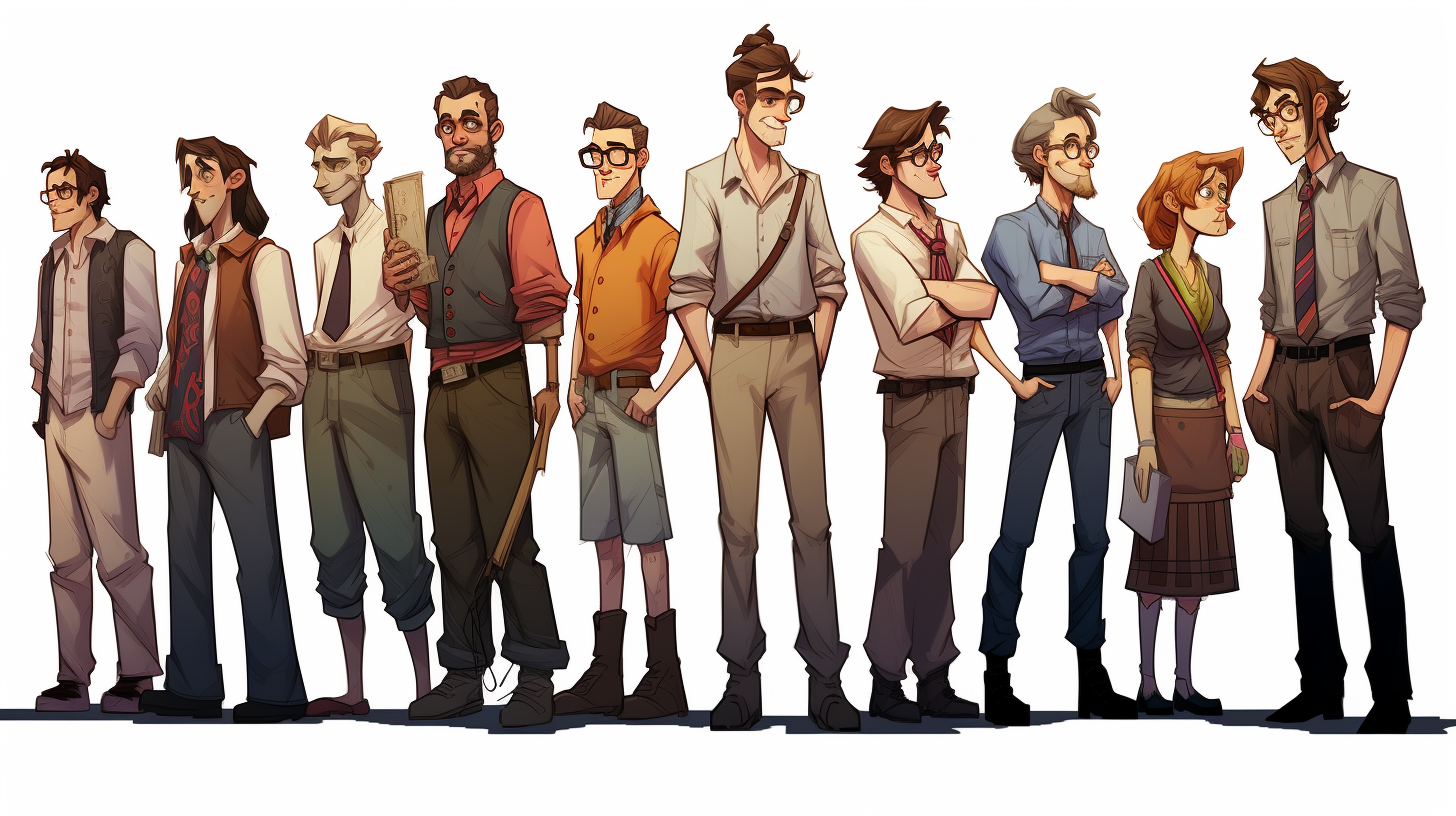Hey there, fellow web designers! Looking to take your websites to the top of search engine rankings? Well, you’re in luck because today we’re diving into the exciting world of SEO (search engine optimization) and exploring the essential tips that can give your web designs the visibility they deserve. So grab your favorite caffeinated beverage and let’s get started!
Importance of SEO for Web Designers:
As web designers, we have the power to create visually stunning and user-friendly websites. But what good is all that if nobody can find them? That’s where SEO comes in. SEO helps your websites rank higher in search engine results, driving organic traffic and increasing visibility. It’s like giving your website a VIP pass to the first page of Google’s exclusive club.
Tip 1: Implement Proper Keyword Research:
Keywords are the lifeblood of SEO. Research and identify relevant keywords that your target audience is searching for. Tools like Google Keyword Planner, SEMrush, and Moz Keyword Explorer can be your best friends in this quest. Sprinkle those keywords throughout your website’s content, meta tags, headings, and URLs (just don’t go overboard and turn your website into a keyword salad).
Tip 2: Optimize Meta Tags and Descriptions:
Meta tags and descriptions may not be visible on your web page, but search engines pay close attention to them. Craft unique and enticing meta tags and descriptions that accurately reflect the content of each page. Think of them as your website’s flirting skills—enticing searchers to click and discover what lies within.
Tip 3: Web Designers – Create Unique and Compelling Content:
Content is king, and it’s not just a catchy phrase. Engaging, original, and relevant content is what attracts both search engines and human visitors. Be the storyteller, the problem solver, and the expert in your niche. Share your knowledge and captivate your audience with content that leaves them craving more (and maybe even sharing it with their friends).
Tip 4: Improve Website Loading Speed:
Time is of the essence in our fast-paced digital world. Slow-loading websites are like sloths in a race—they’ll get left behind. Optimize your website’s performance by compressing images, minimizing code, and enabling caching. Give your visitors the speedy experience they deserve, and they’ll reward you with longer visits and lower bounce rates.
Tip 5: Ensure Mobile Responsiveness:
Mobile devices have taken over the world, and your website needs to keep up. Make sure your designs are responsive and adapt beautifully to screens of all sizes. Nobody wants to pinch, zoom, and squint just to navigate a website that refuses to play nice with their smartphone or tablet.
Tip 6: Optimize Image Files and Alt Tags:
Images can make your website visually appealing, but search engines can’t “see” them like we do. Optimize your image files by reducing their size without sacrificing quality. Also, don’t forget to add descriptive alt tags to your images. It’s like giving search engines a pair of glasses to understand what your images are all about.
Tip 7: Build a User-Friendly Site Structure:
Imagine wandering through a maze with no clear path or signs—it’s frustrating, right? The same goes for your website’s structure. Create a logical and intuitive site structure that allows visitors (and search engines) to navigate effortlessly. Organize your content into categories and use clear, descriptive menus and internal links. It’s like building a virtual GPS for your visitors.
Tip 8: Utilize Internal Linking Strategies:
Internal linking is the art of connecting the dots within your website. By strategically linking relevant pages together, you help search engines understand the relationships between your content. It’s like introducing your web pages to each other at a party and making sure they all get along. Plus, it keeps visitors engaged and encourages them to explore more of your content.
Tip 9: Focus on User Experience and Navigation:
User experience is crucial. Make sure your website is easy to navigate, with clear menus, intuitive buttons, and logical pathways. Consider user behavior and create a delightful journey through your website. Make them feel like they’re on a seamless adventure, not a frustrating wild goose chase.
Tip 10: Web Designers Need To Monitor and Analyze Website Performance:
Don’t just build your website and forget about it. Regularly monitor and analyze its performance using tools like Google Analytics and Search Console. Keep an eye on key metrics like traffic, bounce rate, and conversion rates. Adapt, tweak, and optimize based on the insights you gather. Remember, the digital landscape is ever-evolving, so staying on top of your website’s performance is a must.
Congratulations, my fellow web designers! You’re now armed with ten essential SEO tips to take your web designs to new heights. Remember, SEO is not a one-time task—it’s an ongoing journey. Embrace these tips, stay up to date with the ever-changing SEO landscape, and watch your websites climb the ranks of search engine glory. Now go forth and design with SEO in mind!
If you have any questions or want to share your SEO success stories, feel free to reach out to me at kiefer.likens@me.com or give me a call at 936-348-1689. Keep rocking those web designs and happy optimizing!








